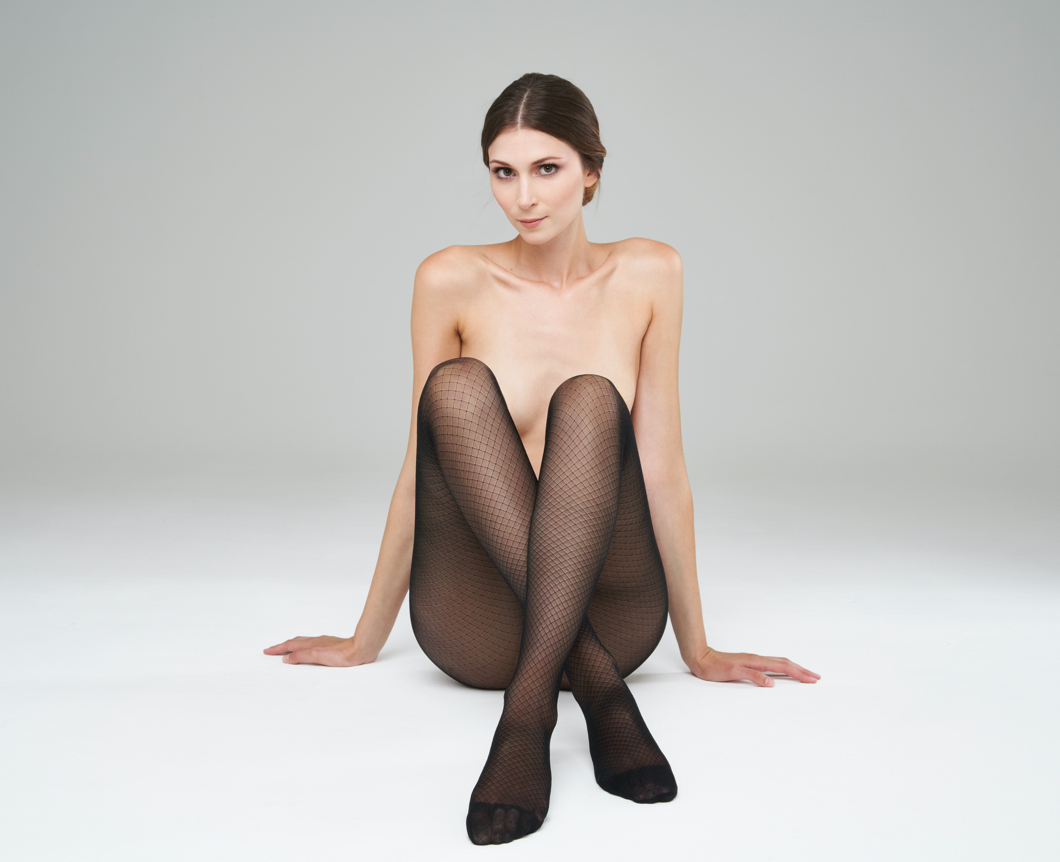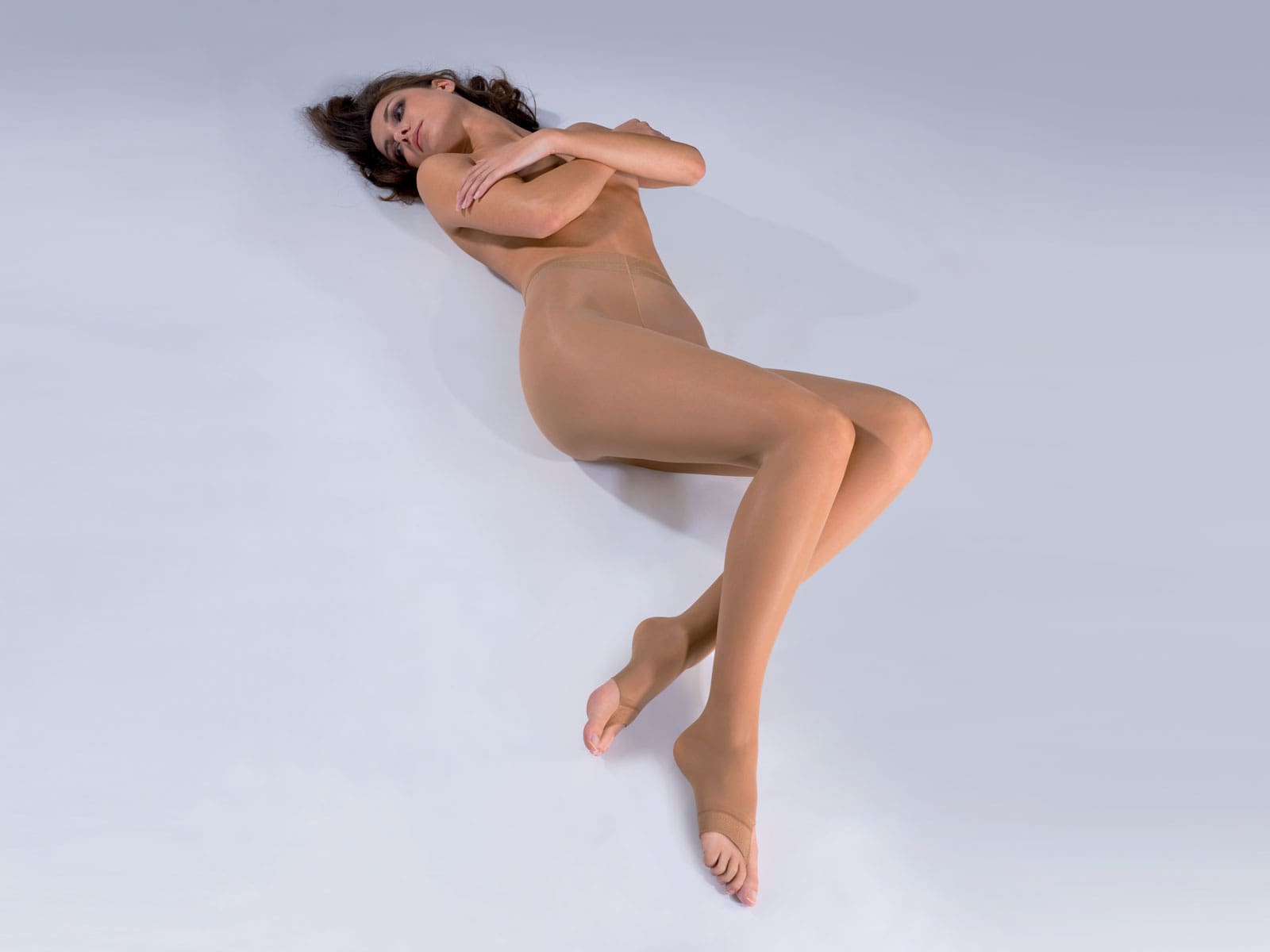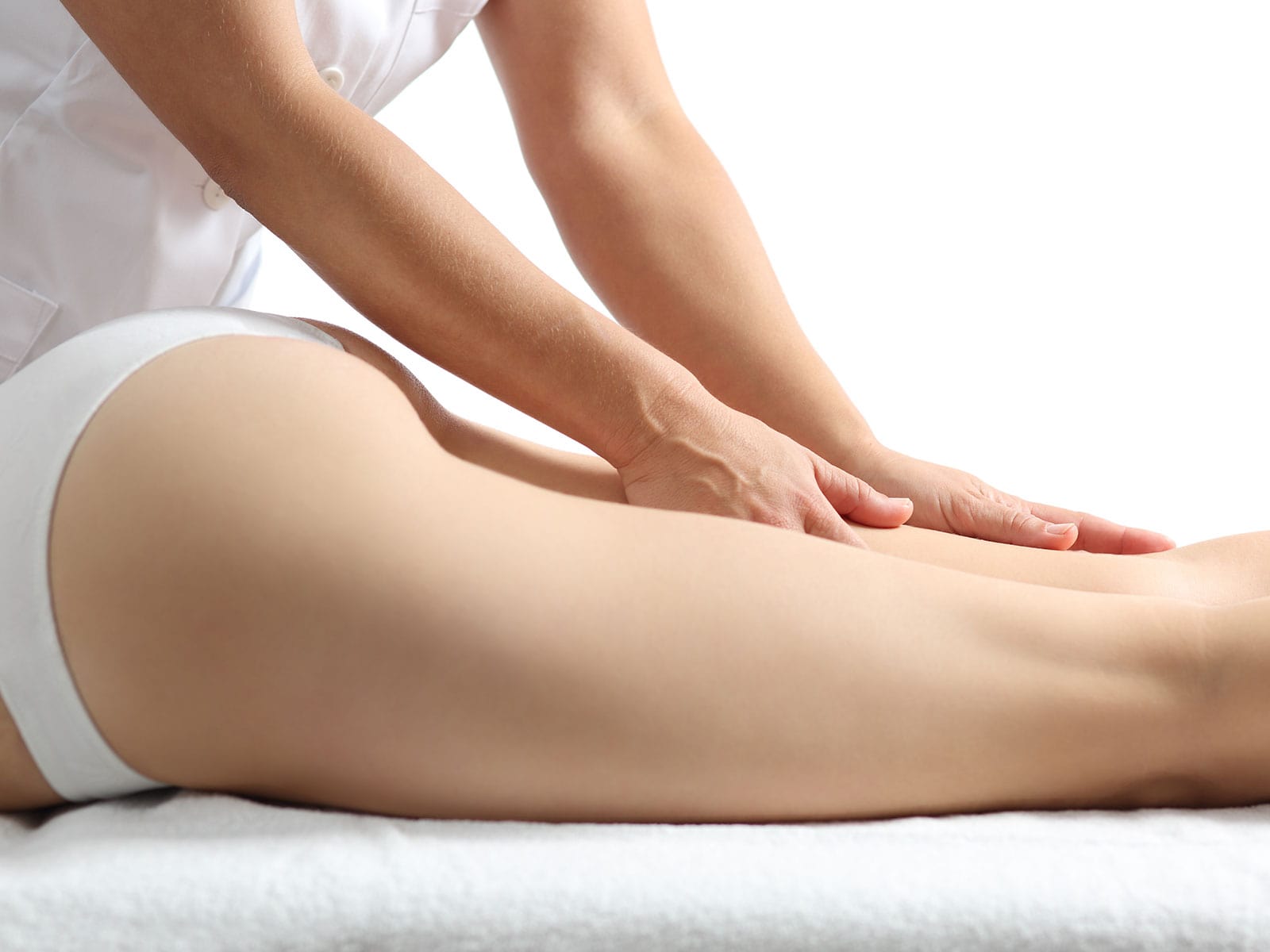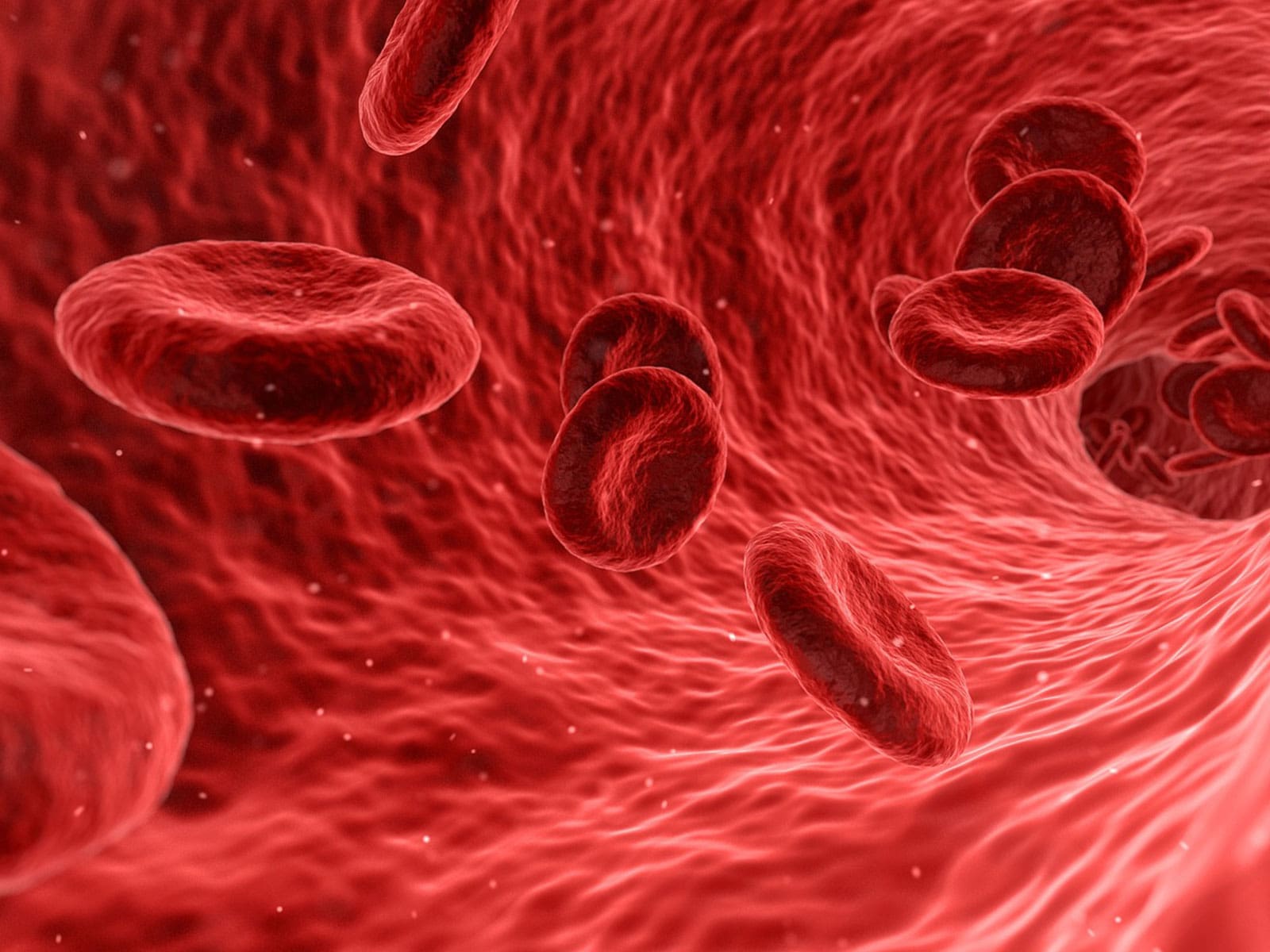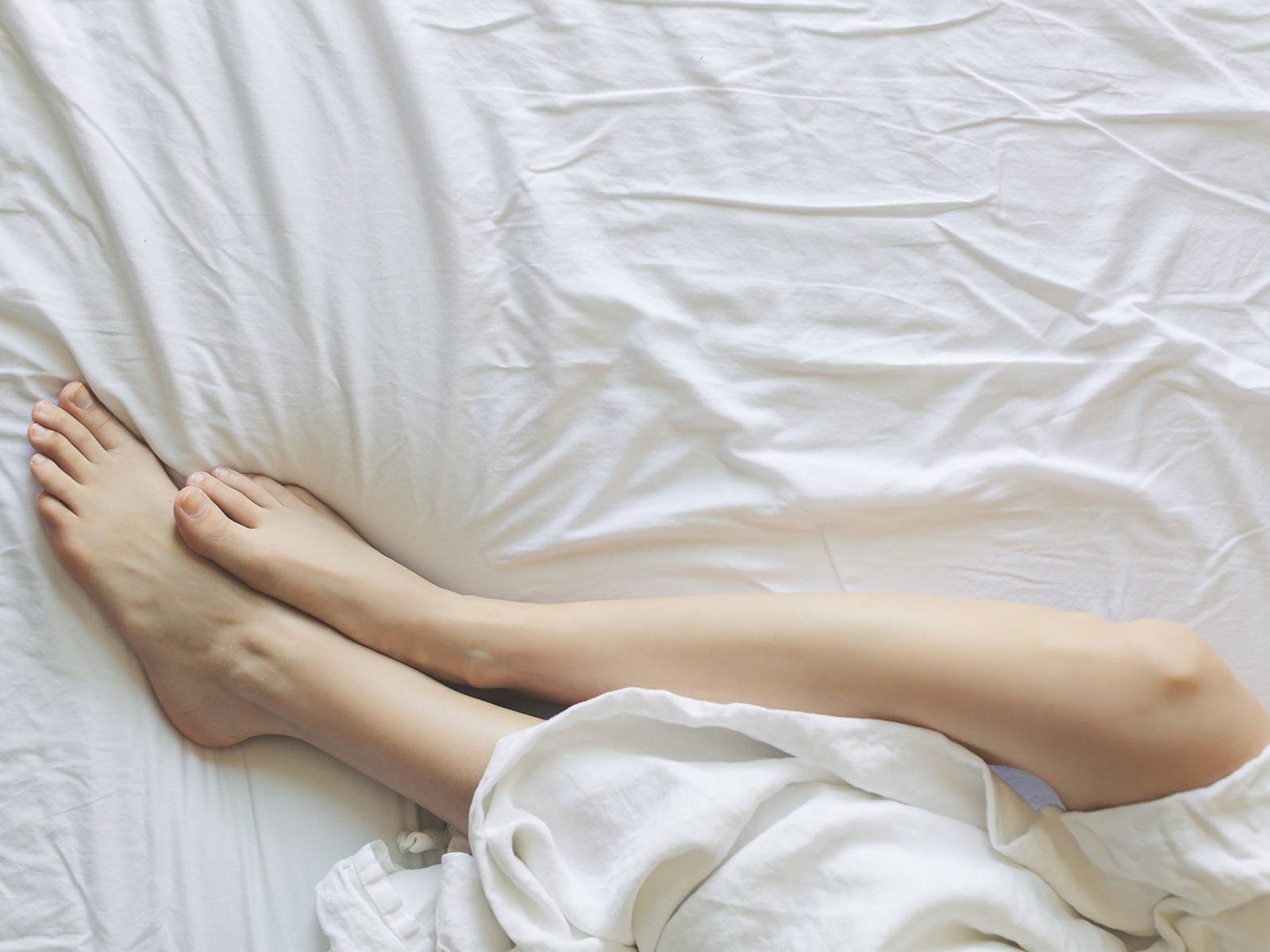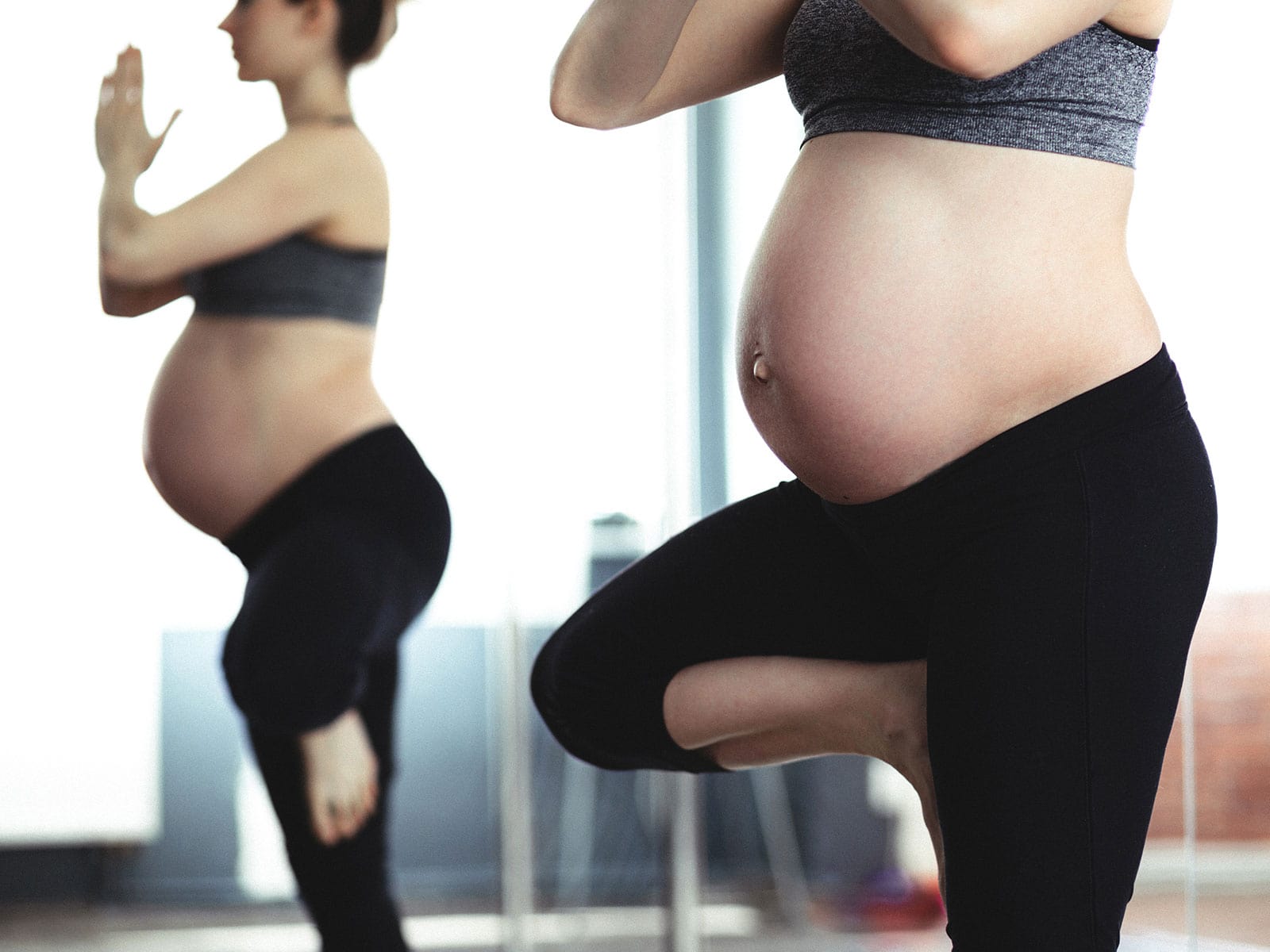Circulatory disorders are due to blood, which tends to stagnate in the veins of the legs instead of flowing back to the heart thanks to the elasticity of the vein wall.
Organic venous insufficiency is often caused by varicose veins (dilatation of the vein wall). These can depend on family factors, water retention, overweight, chronic constipation, use of oral contraceptives or pregnancies.
Functional venous insufficiency, on the other hand, is caused by overloading the veins due to incorrect posture, alterations of the muscle pump or lymphedema.
Symptoms in the lower limbs vary from simple swelling up to more important disorders such as a sensation of heaviness in the legs, tingling, itching, burning, pain and cramps at night, appearance of capillaries, skin changes, varicose veins and actual ulcerations.
These are all especially accentuated during summer months.
Venous insufficiency is not a serious problem at the start. But it should never be neglected because it tends to worsen over time, favoring the appearance of phlebitis, thrombosis or ulcerations as well as other disorders such as cellulite and hemorrhoids, all the way up to the most dreaded problem: deep venous thrombosis.
Prevention is best!
It is very important to prevent venous insufficiency to slow down the progression of the disease and avoid real pathologies, especially if you are predisposed due to hereditary factors, long periods of standing, pregnancy.
A healthy lifestyle and a correct diet are always wholesome but in this specific case there are also simple tips that are very helpful to limit harm:
- wear graduated compression stockings: these are always the main and most effective tool for preventing and treating venous diseases;
- avoid standing for long periods of time;
- rise often on tiptoe: this movement stimulates the calf muscle pump, pushing your blood upwards;
- walk as much as possible;
- sleep with your legs raised up about 15 centimeters. Raise the foot of the bed by, for example, putting a pillow under the mattress;
- avoid direct heat on your legs because this dilates the veins and increases venous stasis;
- wear comfortable shoes, with 2-3 centimeter heels and a wide sole
- avoid artery vasoconstriction foods and substances such as tobacco and coffee.

